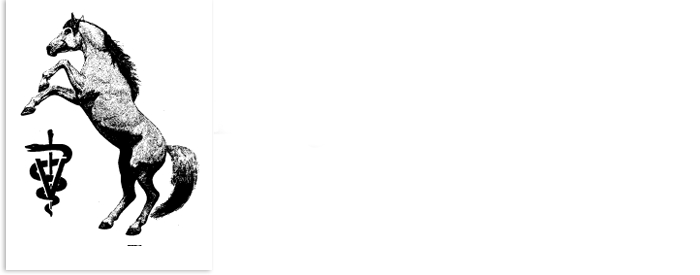The Heat or Estrus Cycle in the Mare
As breeding season approaches, it is important to understand the heat or estrus cycle in order to maximize the chances of success when breeding your mare. Before I go into the details let me share with you that although breeding is often filled with worry, each an every client of mine who has gone through the experience has found it to be one of the most exciting and rewarding experiences of their lives. These foals hold a special place in their heart.
Horses are referred to as seasonally polyestrus. This means they have breeding season in which they have multiple heat cycles and a period where they will not go into heat. For horses the wintertime is the period without heat. Towards the end of winter in February and March they start going into heat on an irregular basis. Usually by the end of April mares will have regular heat cycles which last until about October.
The estrus (heat) cycle during the spring and summer lasts and average of 21 days. That is during each 21 day period one egg is ovulated. For an average of 5 days during that period the mare is receptive to stallions. This referred to as "in" or "showing" heat. Ovulation takes place approximately 24 hours prior to the end of the heat period. The mare is then unreceptive for the next 16 days followed by another heat period if the egg is not fertilized.
The rest of the article will describe the hormonal changes that occur during the estrus cycle. In response to increased light in the spring and summer the brain releases GnRH, gonadotropin releasing hormone. This stimulates gland at the base of the brain, called the pituitary, to release FSH, follicle stimulating hormone. FSH stimulates the ovaries to prepare one or more eggs. The ovary grows a follicle or a sort of capsule around the egg in response to the FSH. As the follicle develops estrogen is secreted. Estrogen act on the behavior of the mare to stimulate Estrus behavior making her receptive to stallions. The estrogen also inhibits further secretions of FSH from the pituitary gland and stimulates the release a second hormone LH, lutenizing hormone. This burst of LH, lutenizing hormone causes the follicle to mature and induces ovulation of the egg.
After ovulation the ovarian follicle is replaced by a reddish-yellow mass called the corpus luteum (yellow body). The corpus luteum secretes the hormone progesterone that causes the mare to stop being receptive to stallions and stops the release of LH, lutenizing hormone from the pituitary gland. After 12 to 14 days the uterus secretes the hormone prostaglandin which causes the corpus luteum to regress. Progesterone is no longer secreted. Within days FSH, follicle stimulating hormone, starts the development of the next follicle and the process begins again.
However, if the egg is fertilized when it enters the uterus 4 to 5 days after ovulation an entirely different process starts, pregnancy. By day 14 through an unknown mechanism the mare recognizes she is pregnant. This stops the prostaglandin secretion from the uterus. The corpus luteum continues to secrete progesterone stopping the estrus cycle. As the pregnancy continue the placenta forms, which starts to produce PMSG, pregnant mare serum gonadotropin. The combination of PMSG and progesterone maintain the pregnancy to term.

